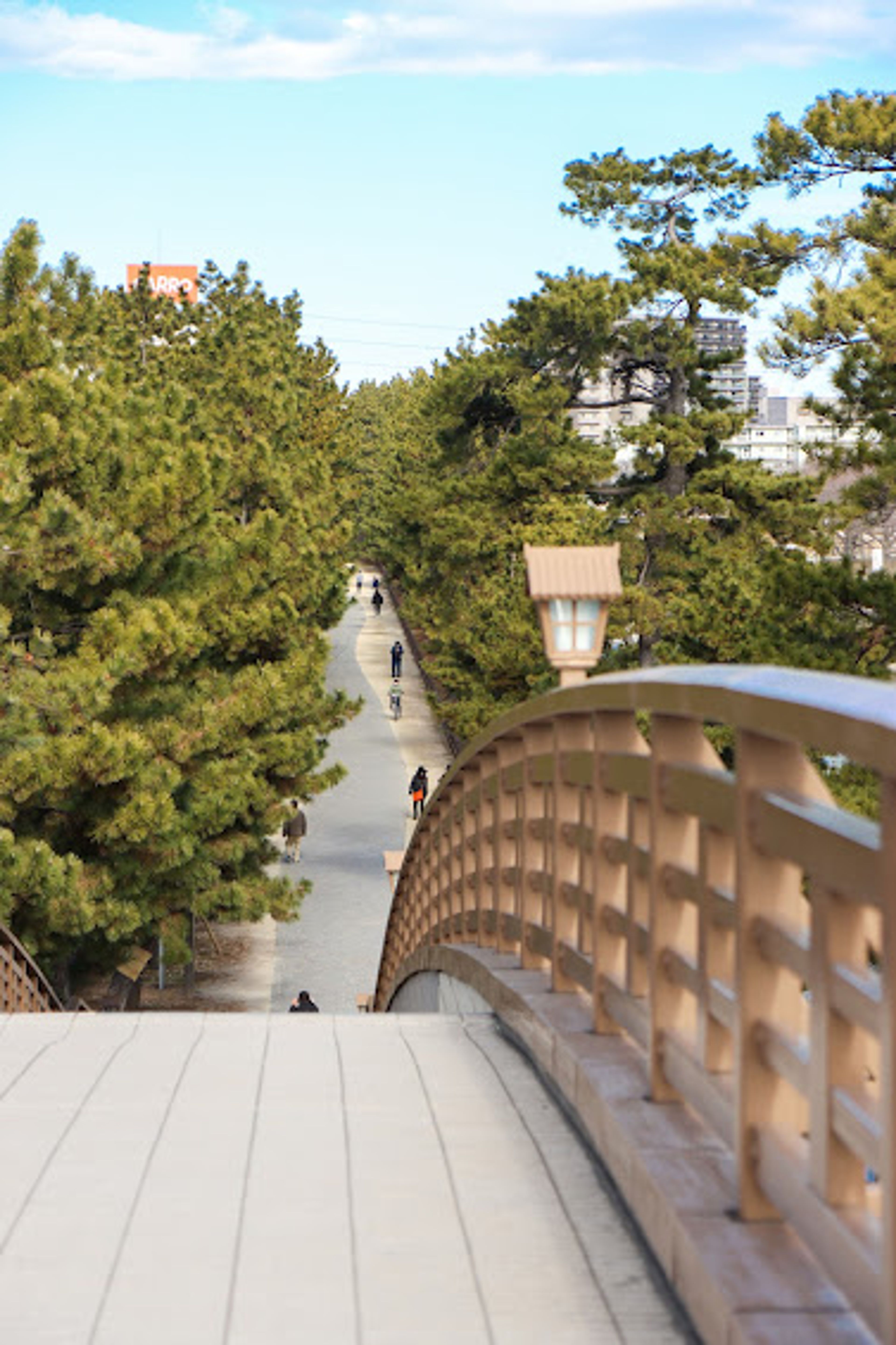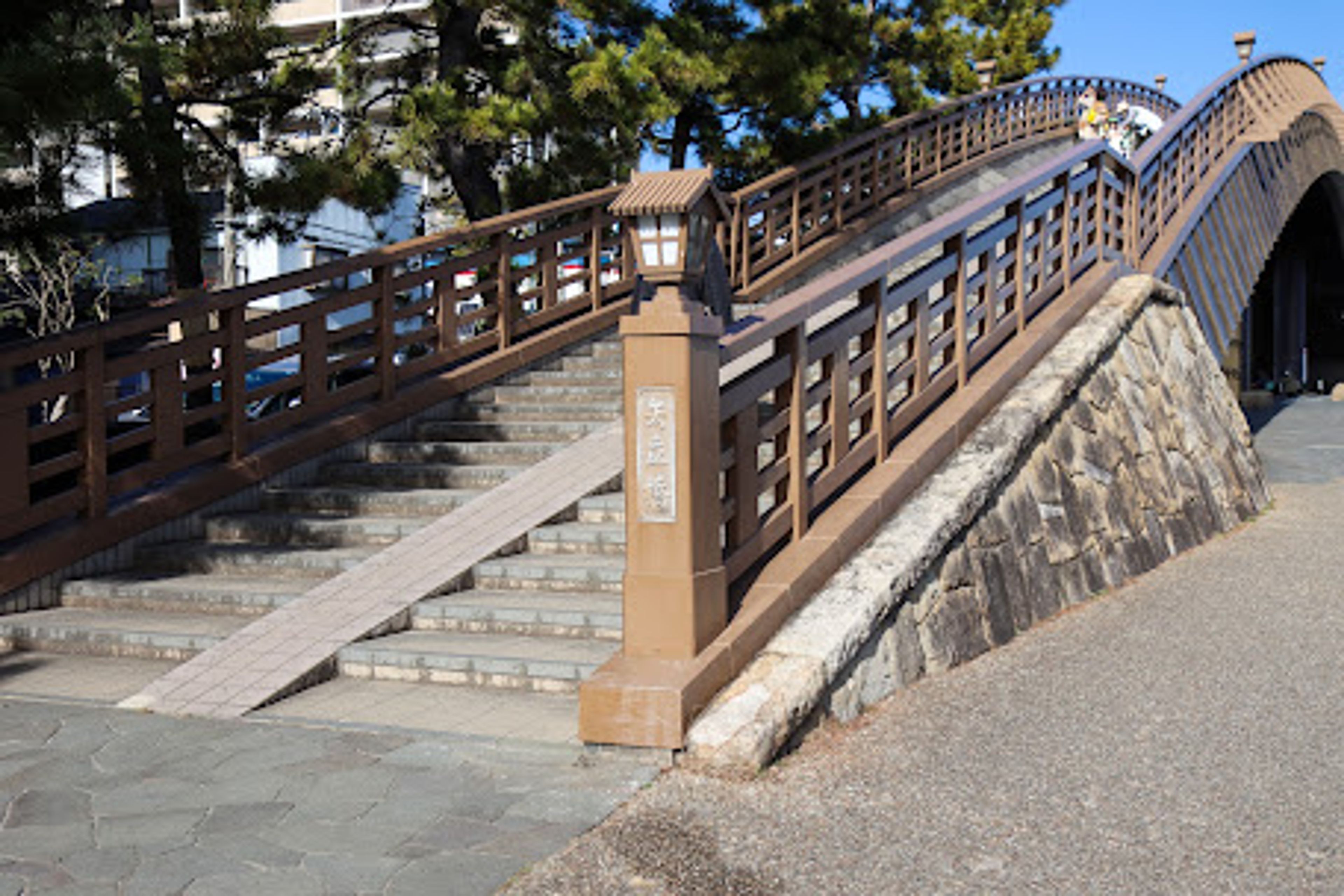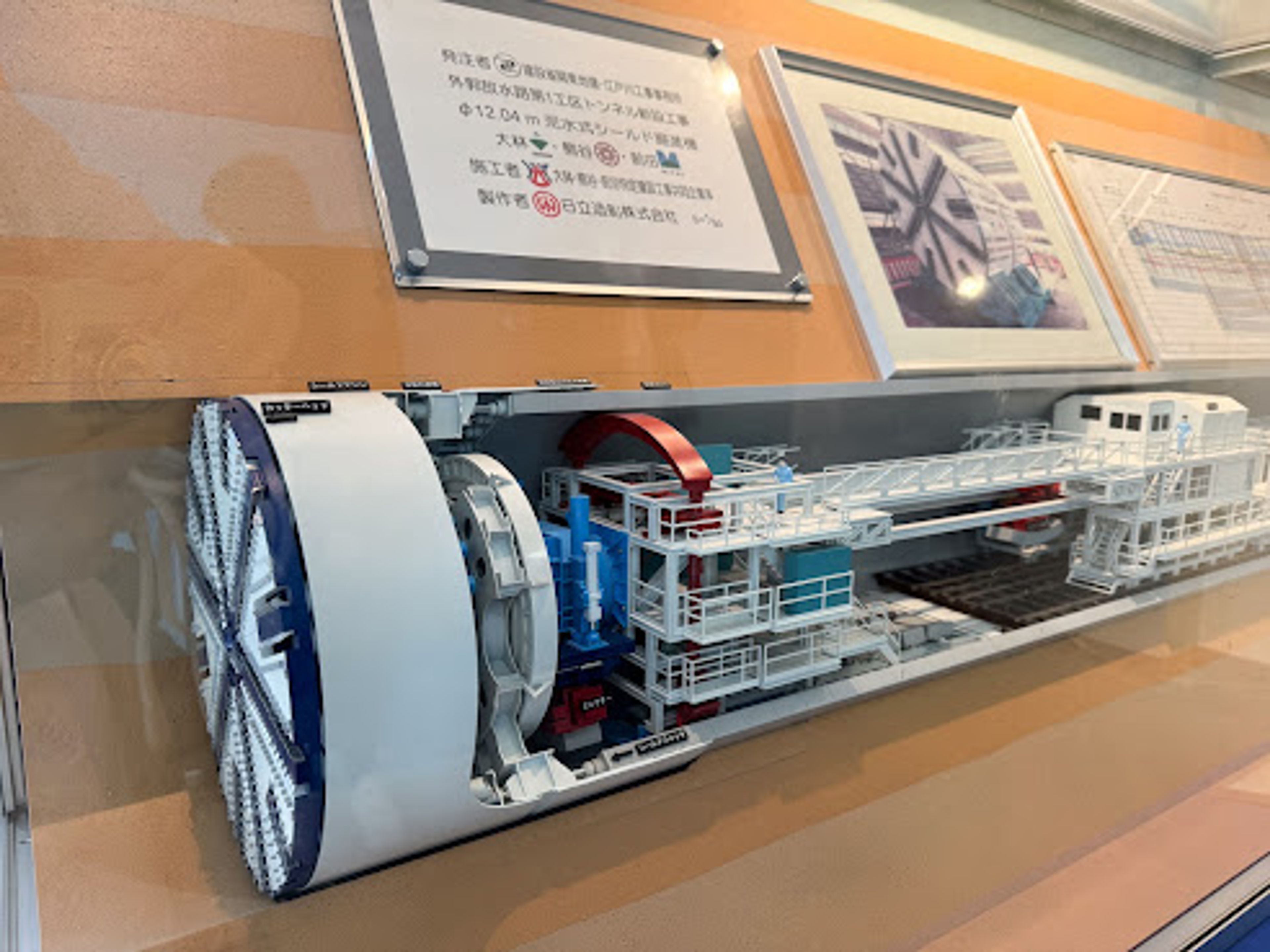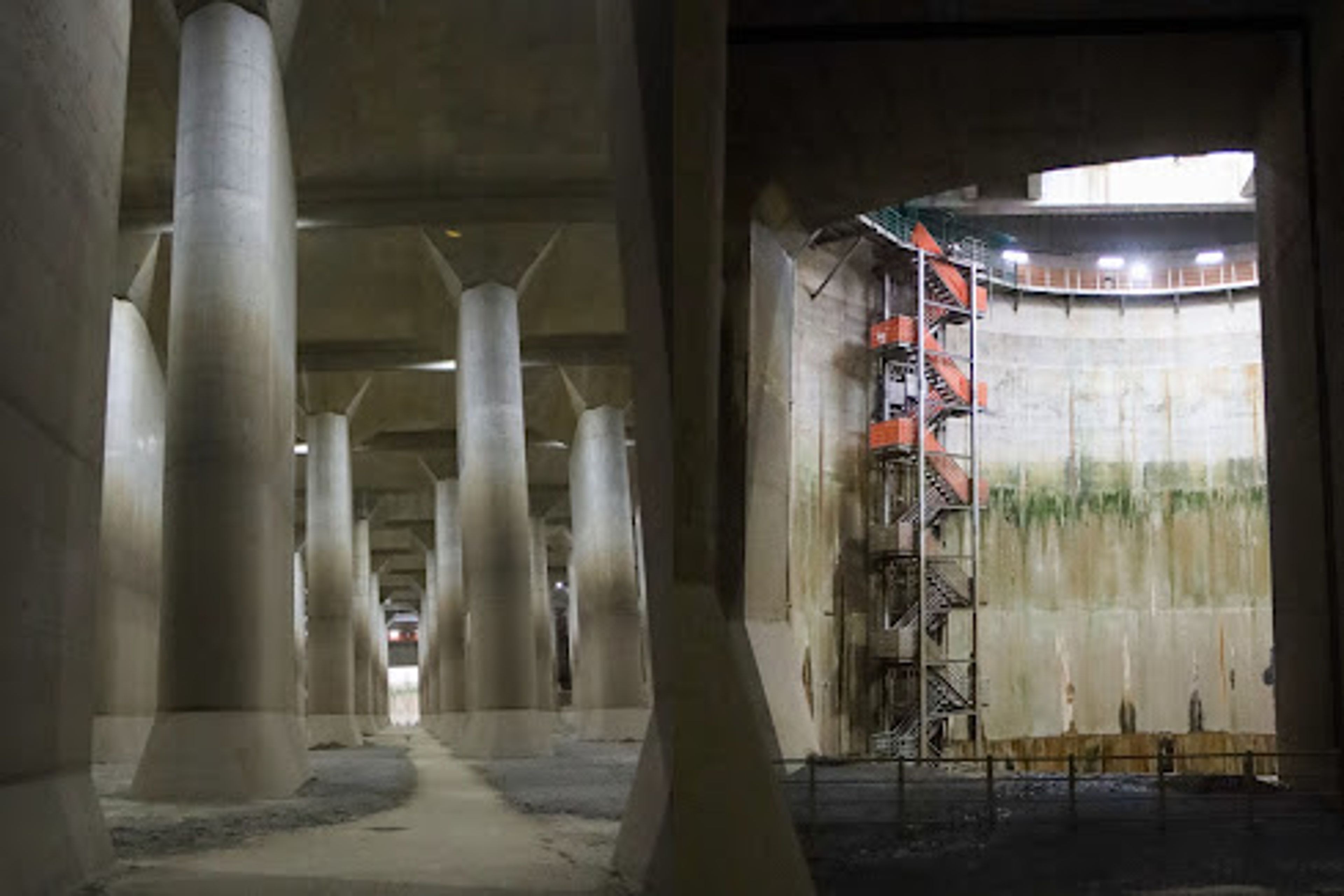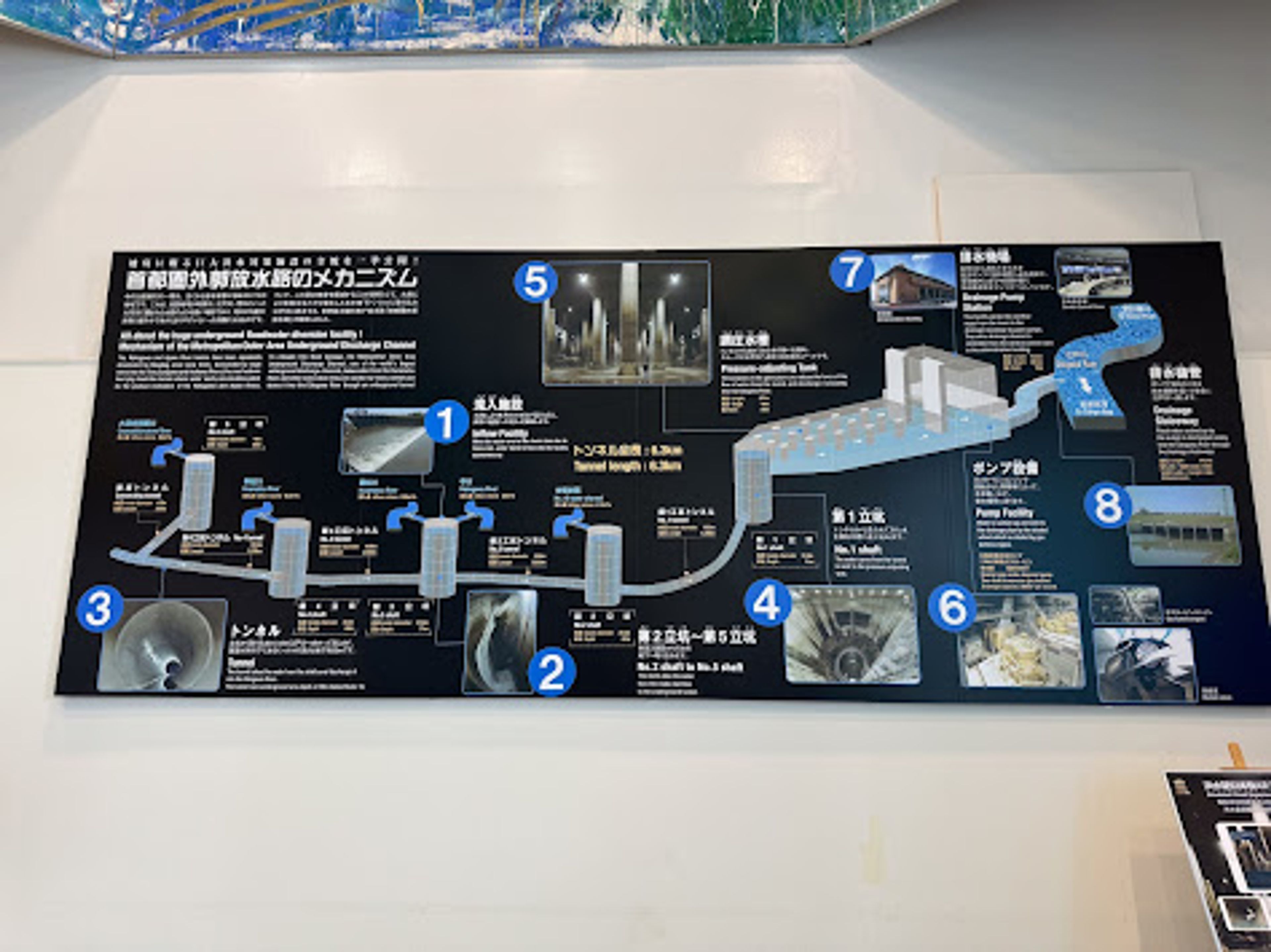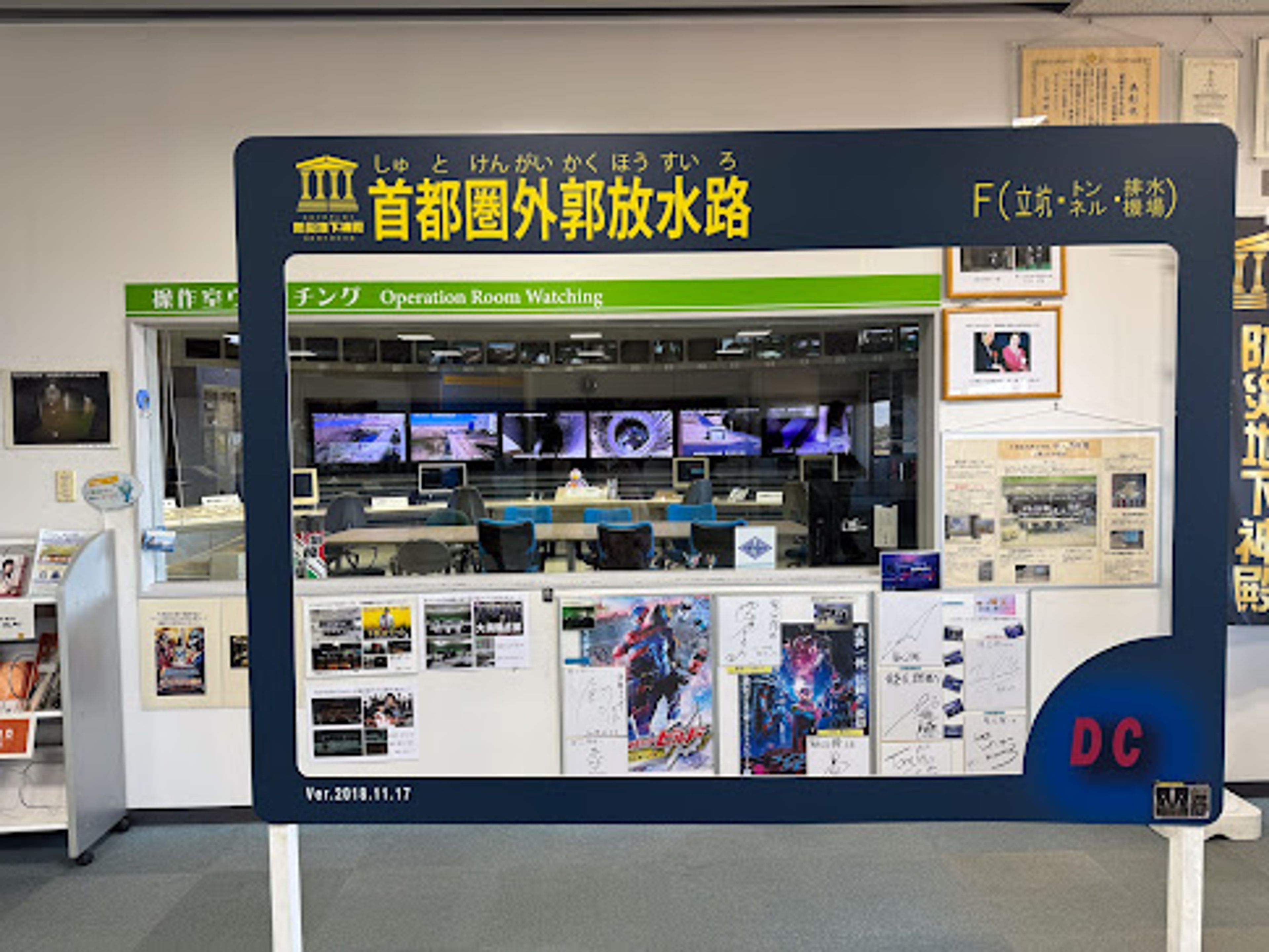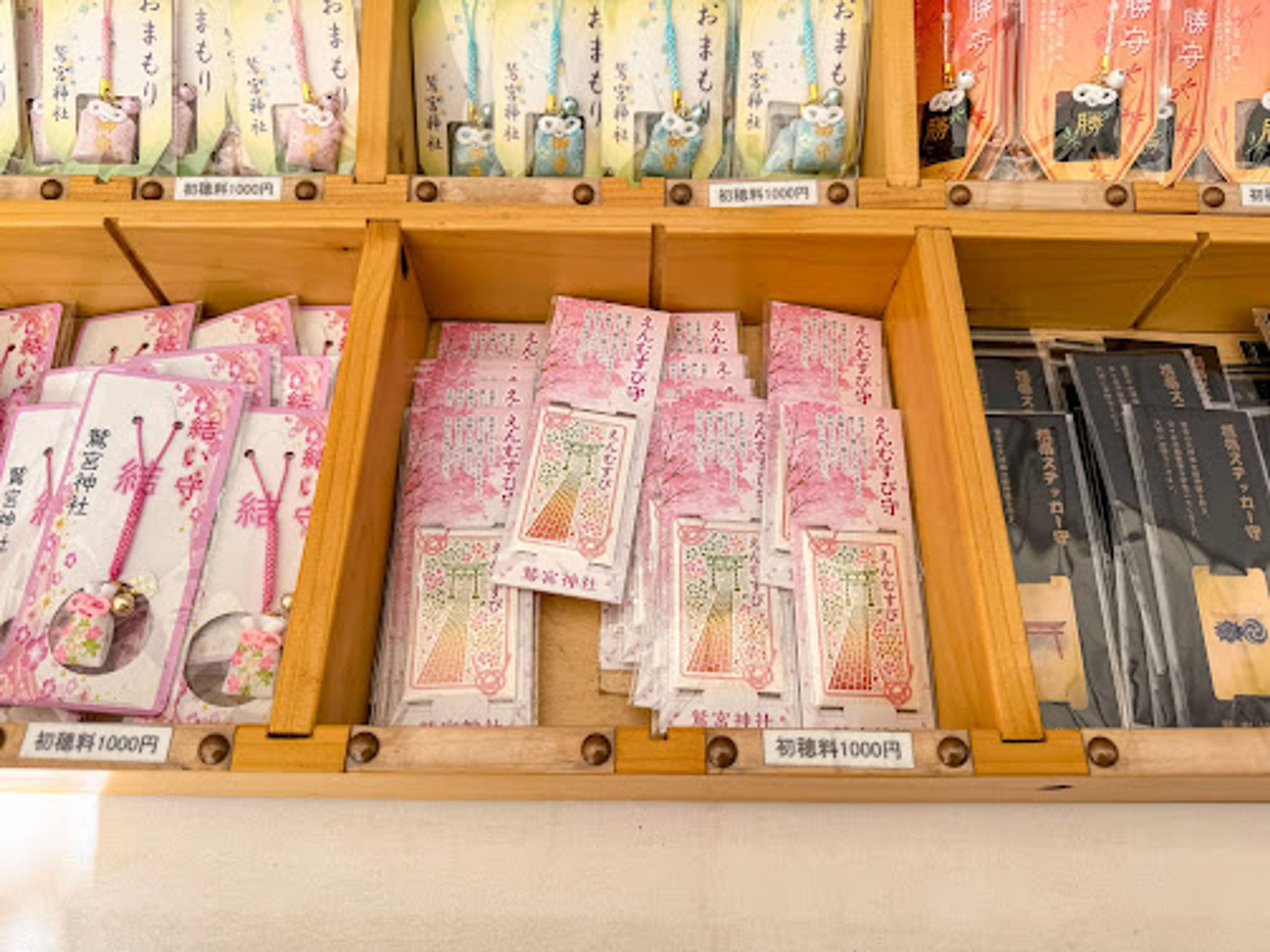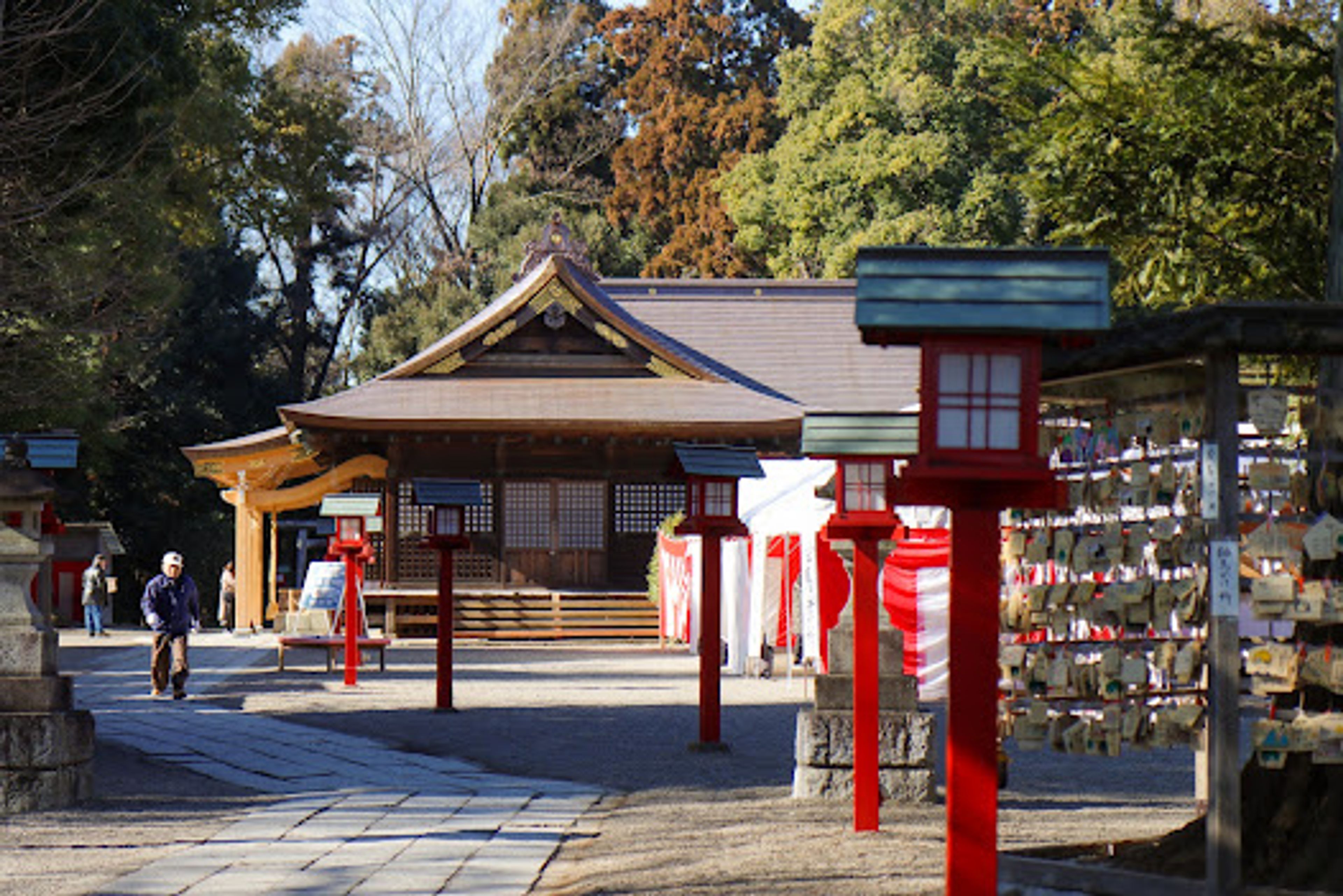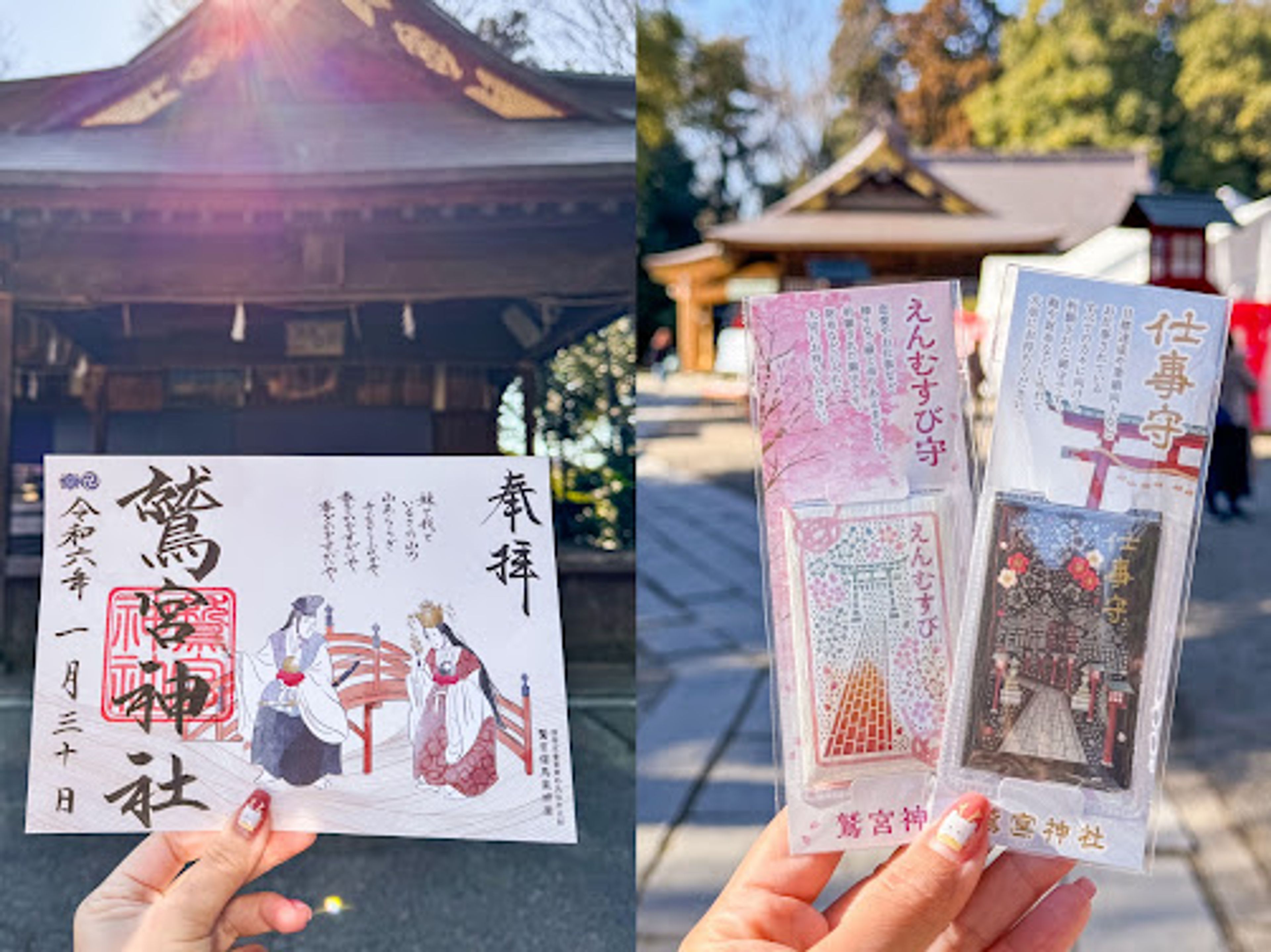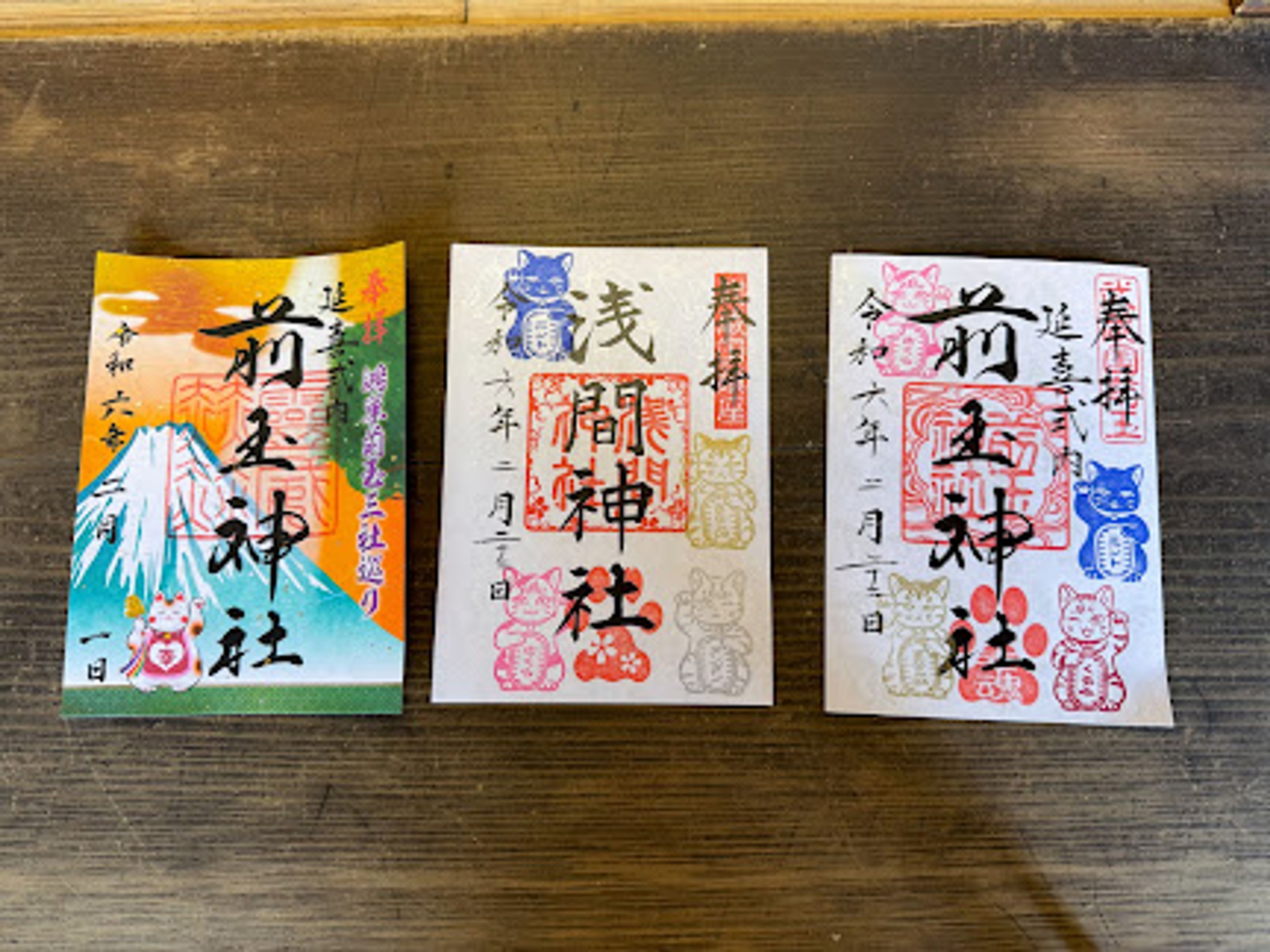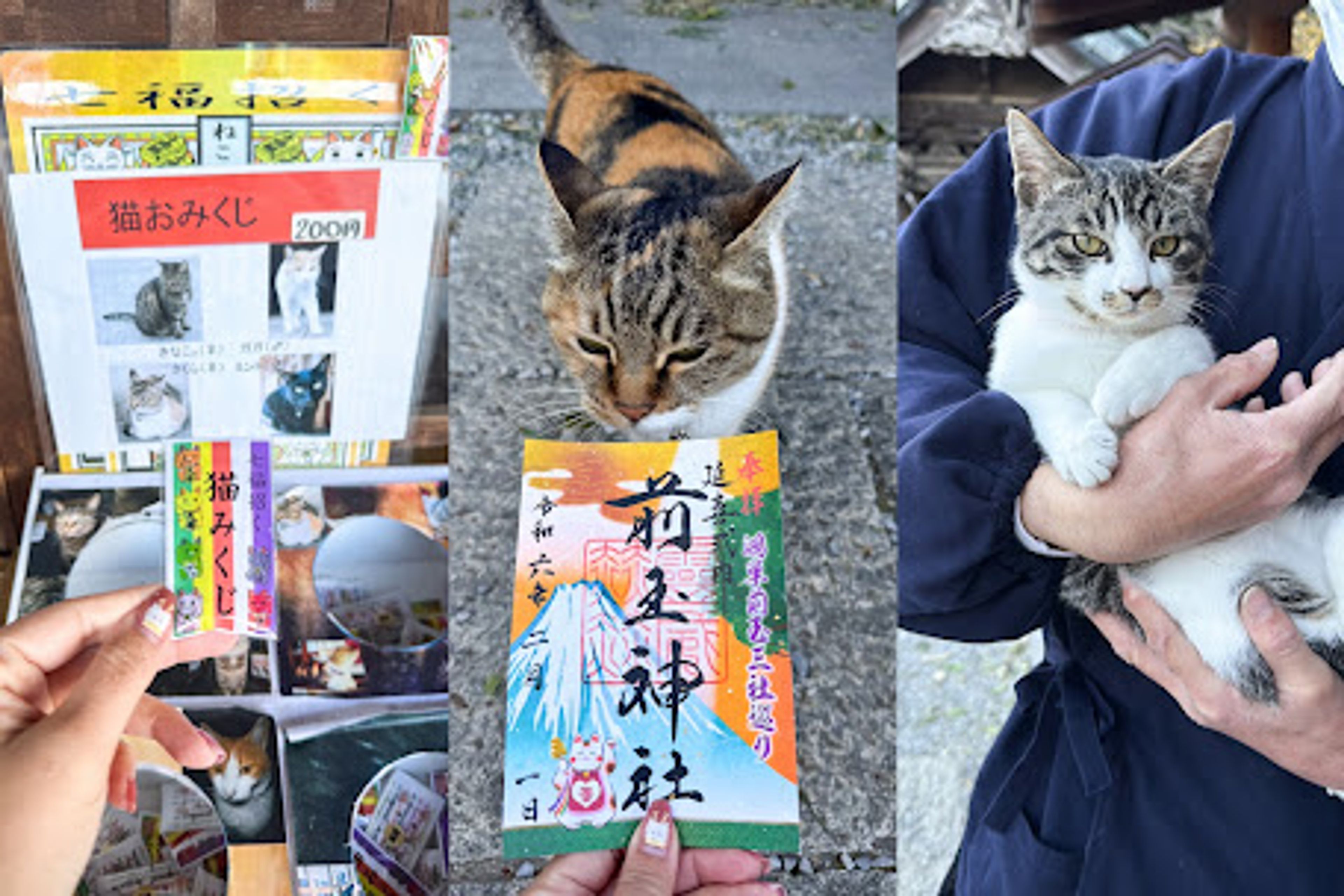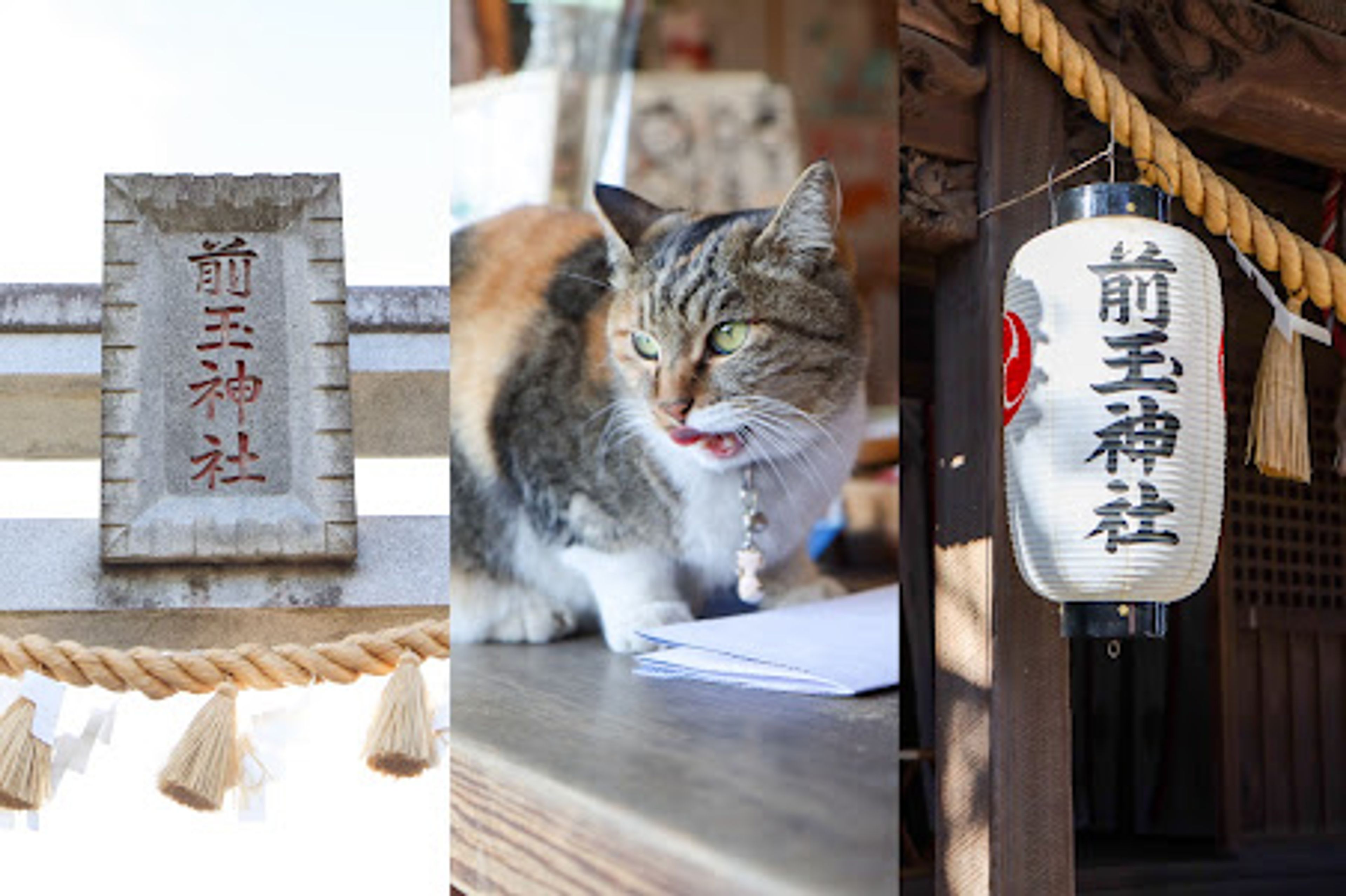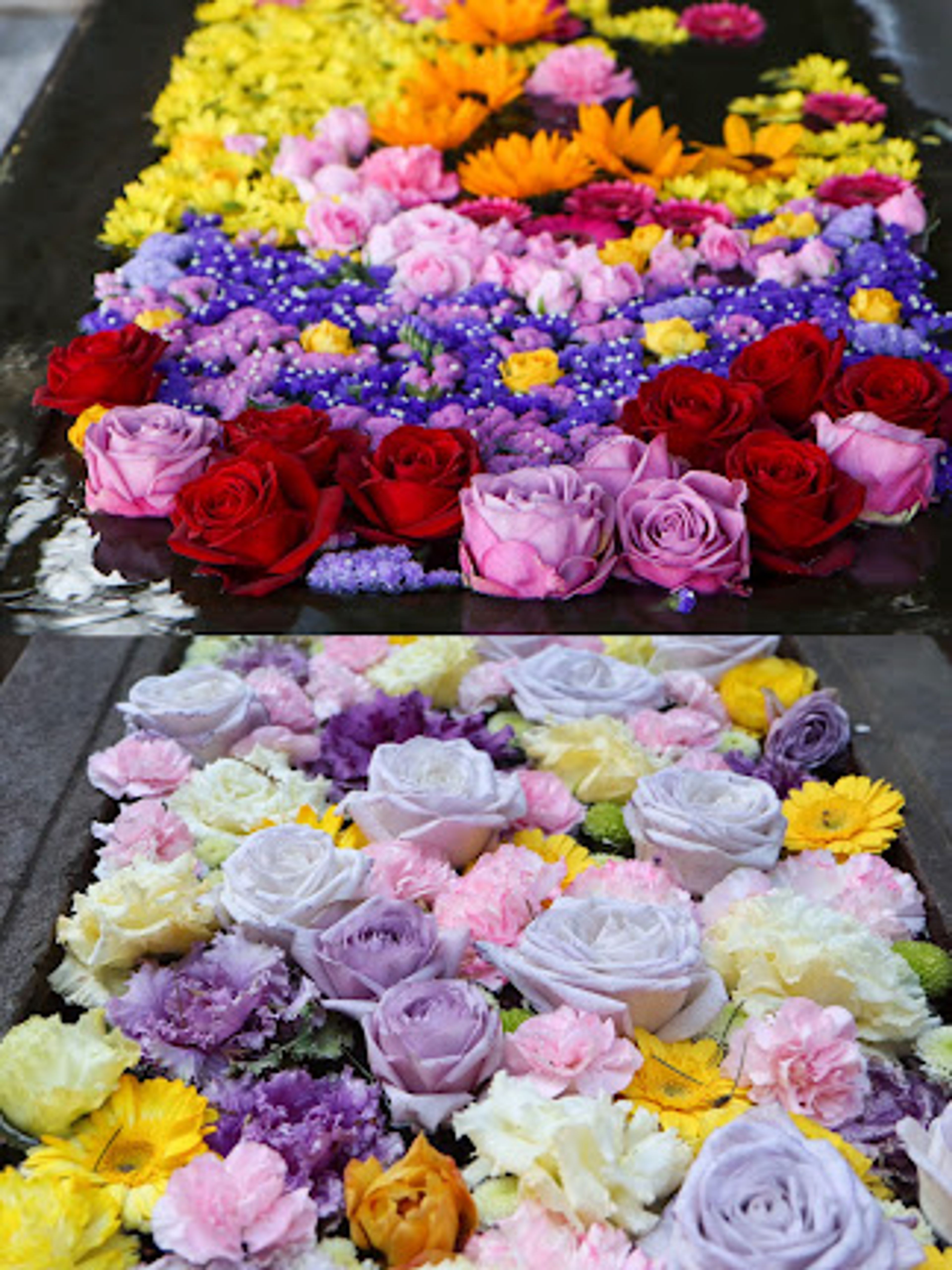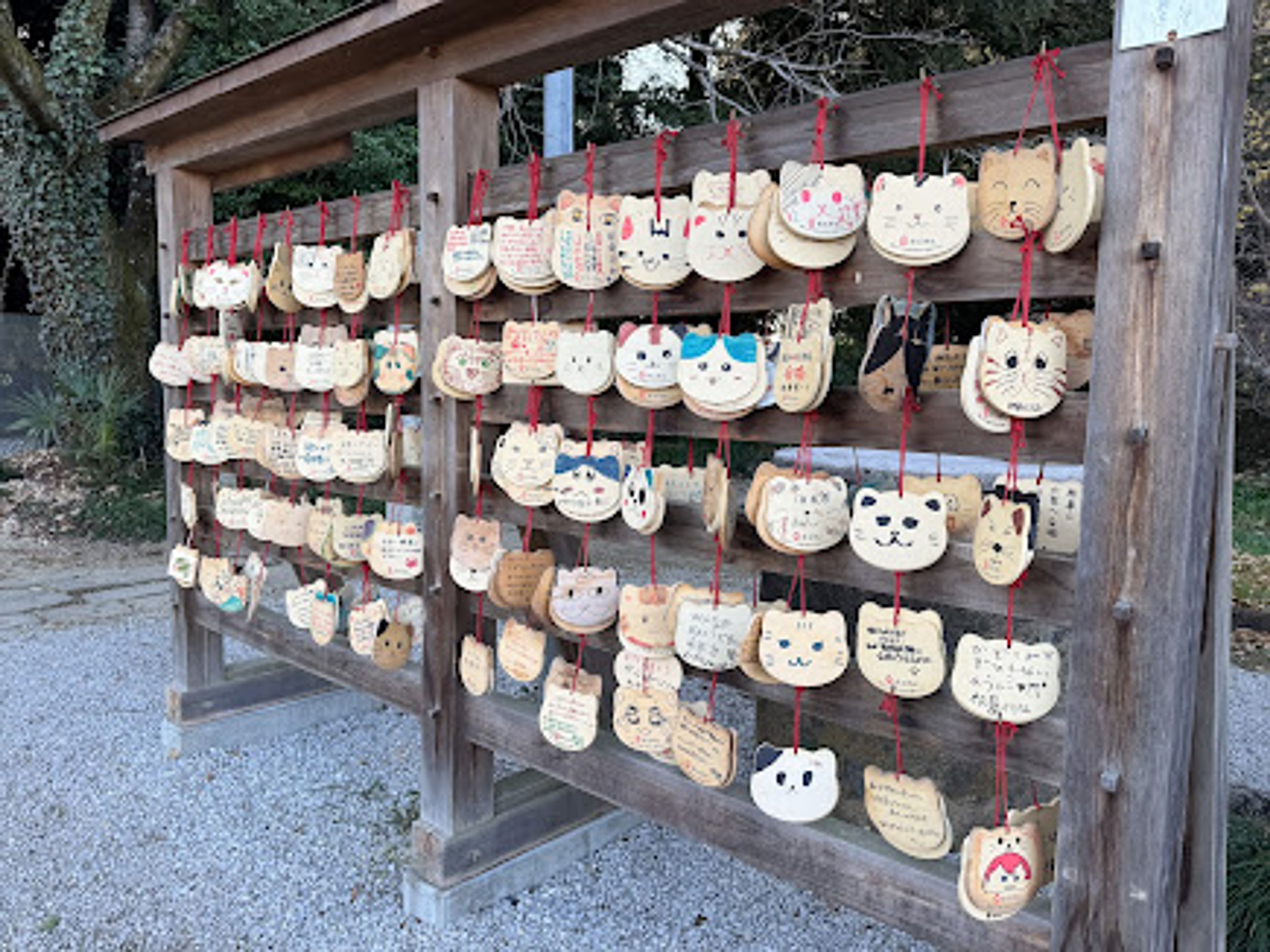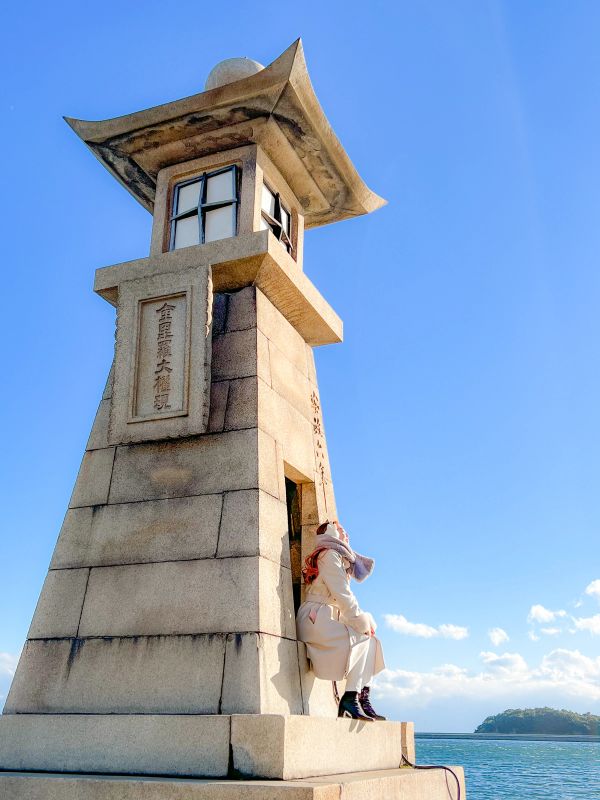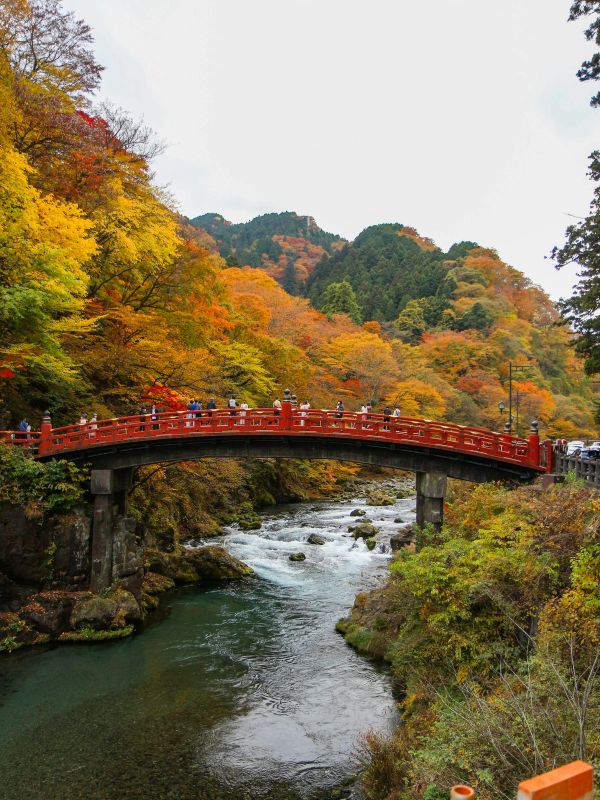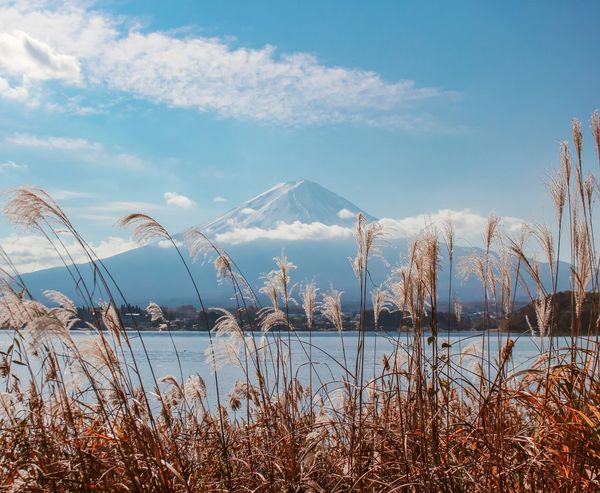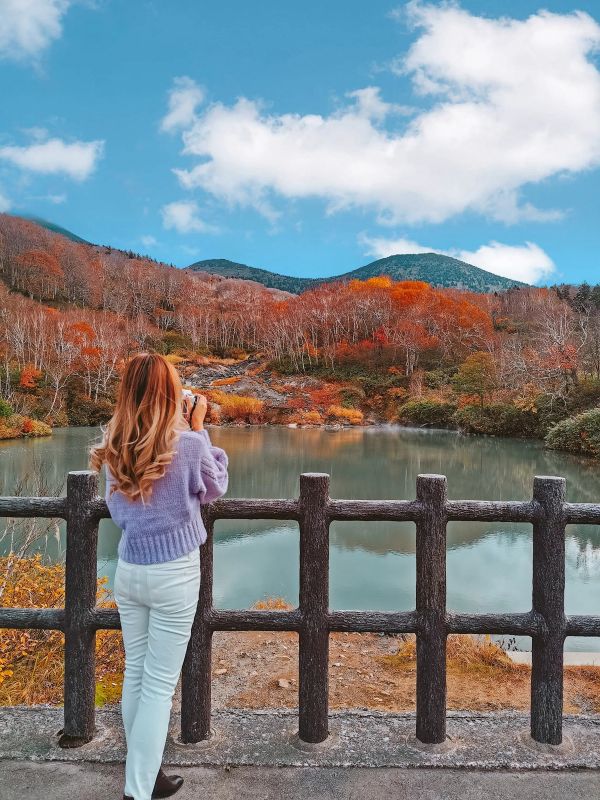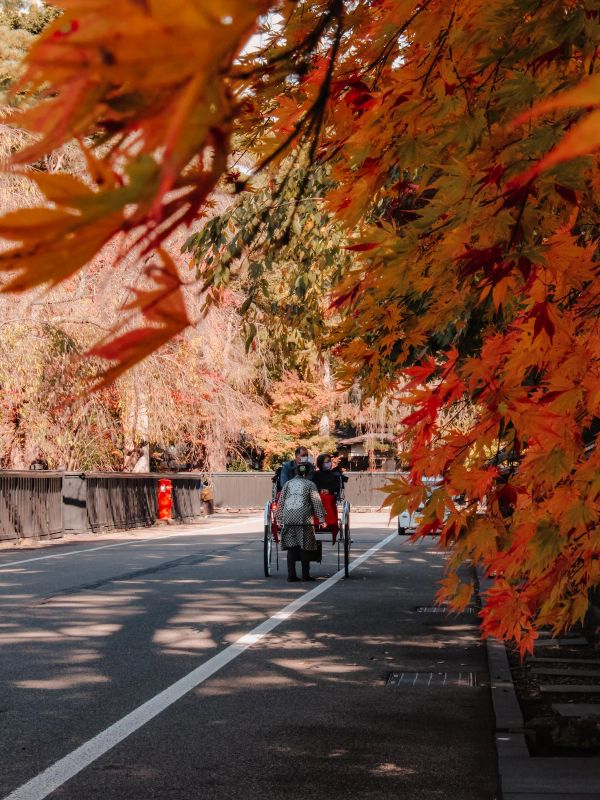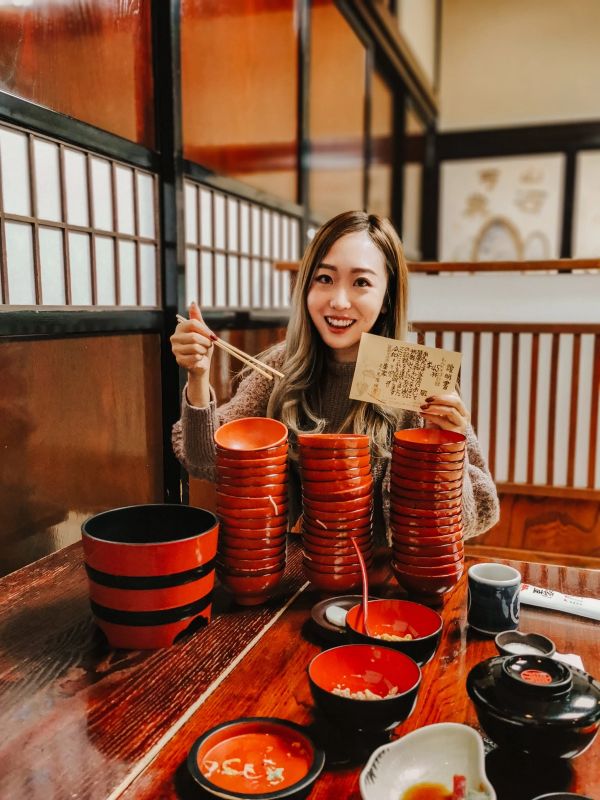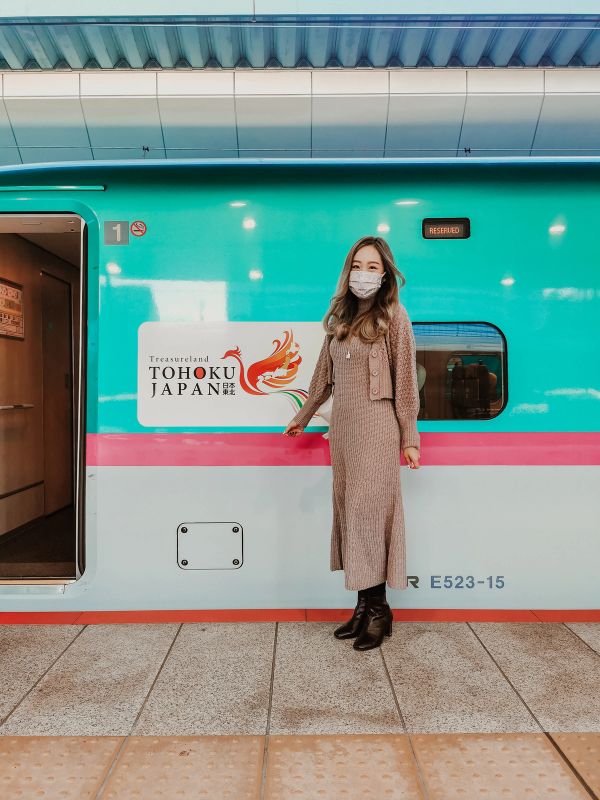Prior to moving to Japan, I haven't been to or even heard of Saitama. I didn't know how much I was missing out on until I started traveling there on my own. Before being invited to go for work, I had already gone many times privately and fell in love with its beautiful nature and the well-preserved historical spots. In this 4-part series, I will be introducing 16 locations separated into 4 day trip itineraries. They have a mixture of different kind of locations and activities that will fit different interests. I hope this will help you discover wonderful new places and help plan your next day-trip to Saitama from Tokyo!
Saitama Prefecture Quick Facts:
- It borders the north of Tokyo
- 4 of Tokyo Metro's lines connect Tokyo to Saitama
- The JR Saikyo Line, JR Utsunomiya Line, JR Takasaki Line and the JR Tohoku/Joetsu Shinkansen also connect Tokyo and Saitama
Locations Covered in Part 2:
- Soka City's Hyakudai Bridge
- Kasukabe City's Ryu-Q Temple (Underground water disaster prevention system)
- Kuki City's Washinomiya Shrine
- Gyoda City's Sakitama Shrine
Soka City's Hyakudai Bridge
This 1.5km long walk called the "Soka Matsubara Walking Trail" is designated as one of Japan's top 100 roats. The relaxing walk will take you through 2 beautiful bridges and rows of tall Japanese pine trees by Ayase river. It is said that famous poets and writers have walked this road and written important pieces in Japanese poetry, so you can find poetry related signs and statues all around this area.
Soka city is also known for their Senbei (rice crackers). At "Osen Chaya Park" you can read up about the history of making of senbei. I really love that there are so many signs up that include both Japanese and English so you can actually get to understand each location by reading up about it.
Kasukabe City's Ryu-Q Temple
Japan is hit with so many natural disasters that it is very good at disaster prevention. This underground system is one of the prime examples. Water from different rivers in this area funnel into the system and it divers it to appropriate places to prevent flooding of Greater Tokyo area.
Officially this place is called "The Metropolitan Outer Area Underground Discharge Channel", and officially nicknamed "Disaster-Prevention Underground Shrine"
When there's no water, you can visit this impressive underground structure that's like nothing else. The unique architecture has even invited musicians to film their music videos there.
Above ground you can see the central command center and see some small models to better understand how it all works! Another bonus is: Kasukabe is the manga charafter Crayon Shin-Chan's hometown, so you can collect stamps with Shin-Chan and the Ryu-Q temple.
The official reservation site in english is here: https://reserva.be/guidetour
Washinomiya Shrine (Kuki City)
There are so many shrines in Japan, it's hard to pick which to visit. But Washinomiya shrine is special because it is Kanto region's oldest Grand Shrine (over 2,000 years old). It shares many similarities with the famous and sacred Ise Grand shrine, like the roof structure.
They also have a designated important intangible folk culture property of Japan which is Washimiya Saibara Kagura (it's a stage performance and a theatrical shinto dance). It is performed 6 times a year, but if you're not lucky enough to see it, you can still see the stage and also get a Goshuin (proof of visit with official shrine stamp) that has a depiction of the dance.
Another thing I love about this shrine is that it has many beautiful designs of omamori (talisman). A personal favorite is shown in a photo below.
Sakitama Shrine (Gyoda City)
If you love cats, you will love Sakitama Shrine. They've adopted quite a few cats that freely roam the grounds. You can see cat designs all over the different things you can get at a shrine: omikuji (fortune), omamori (talisman), ema (wooden plaque for wish writing) and goshuin (official proof of visit). I was lucky enough to see 2 of their resident cats who were very enthusiastic about the visit!
On top of that, Sakitama shrine also part-takes in Gyoda city's Hanachozu week. Hanachozu is a display of flowers in water, and there are a total of 2 large ones on the shrine grounds.
I hope you were able to find some new and interesting places for your next day-trip to Saitama! Please see the other 3 blog posts for other spots to explore in Saitama.
